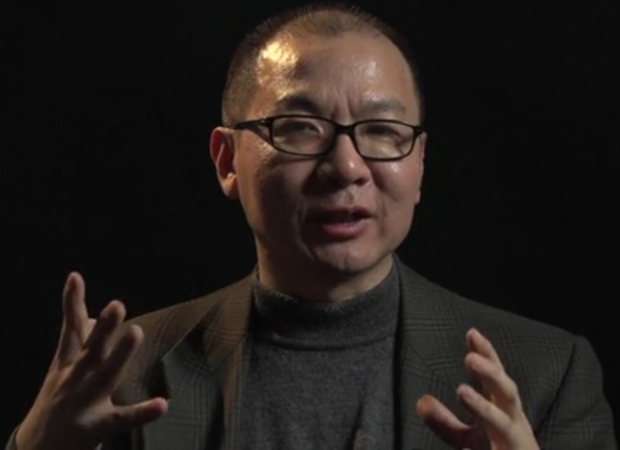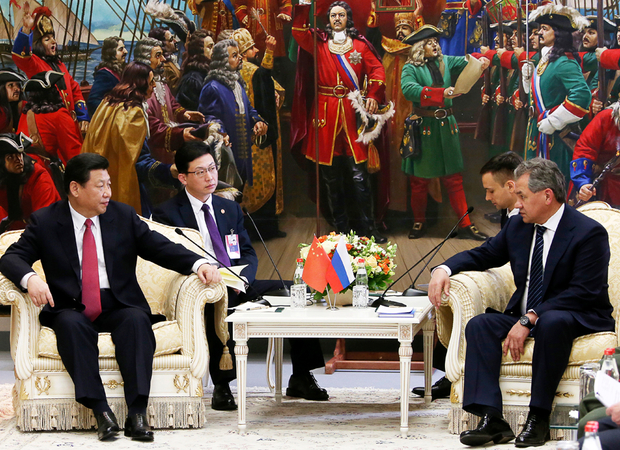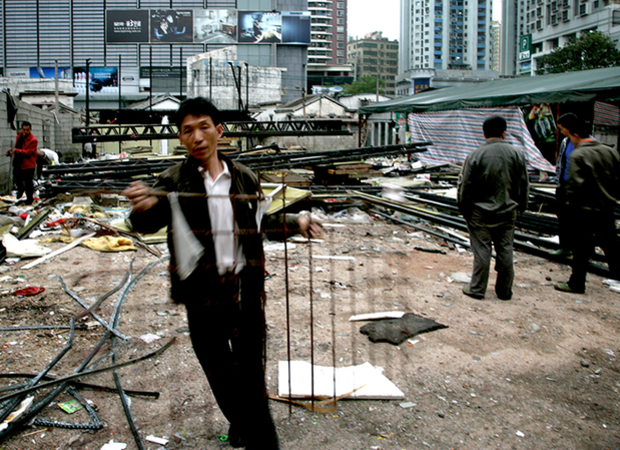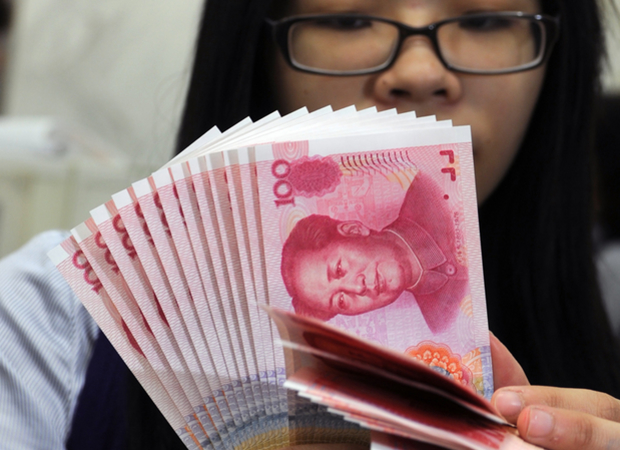Enter the Dragon and the Elephant
China’s and India’s Participation in Global Health Governance
on April 1, 2013
Among the emerging powers, China and India have long been critical to successfully addressing global health problems. Historically, infectious diseases that originated in either country have altered epidemiological patterns worldwide. The first known pandemic of cholera began in the Ganges River delta, and many major disease outbreaks, including the 1957 Asian flu, the 1968 Hong Kong flu, and the 2003 SARS epidemic, originated in China. The negative effects of health crises are unlikely to remain within national boundaries and could have serious implications for regional and global stability, security, and prosperity. This paper examines China’s and India’s involvement in GHG in three core areas: health-related development assistance, the development of global health rules, and the promulgation of ideas for GHG. While both countries have been increasingly active in participating in GHG, they are not yet in a position to offer a viable, sustainable alternative to the existing governance paradigm.








